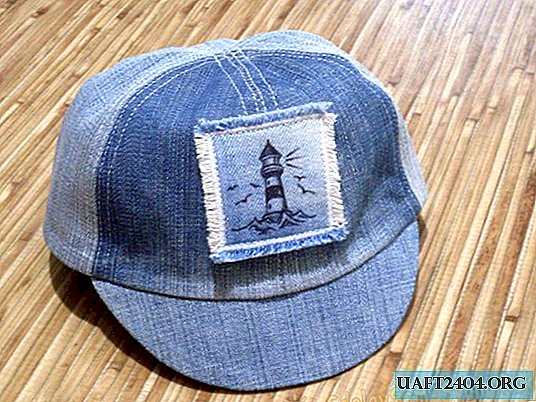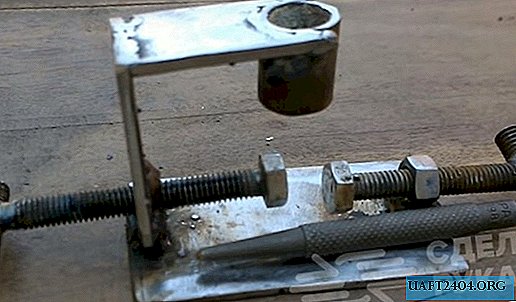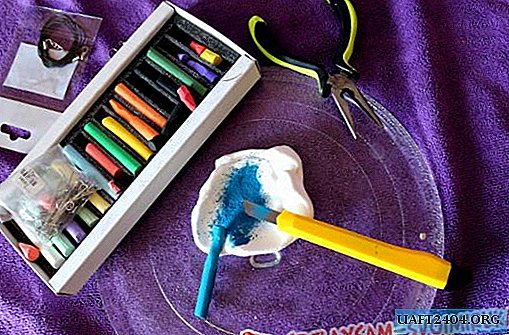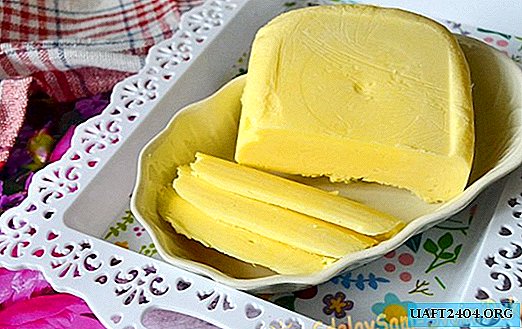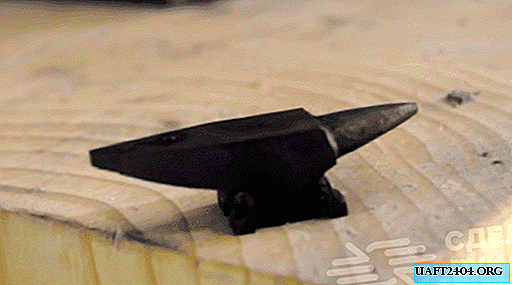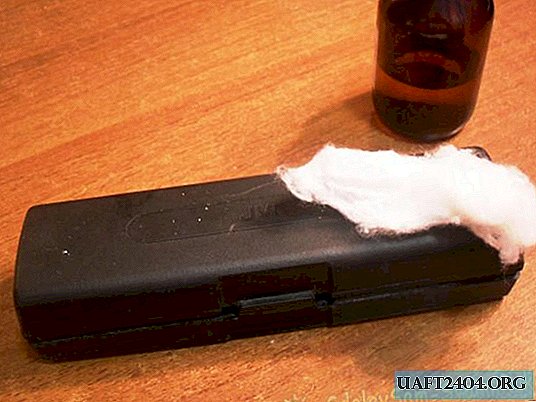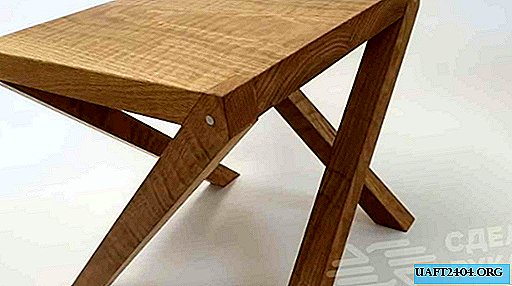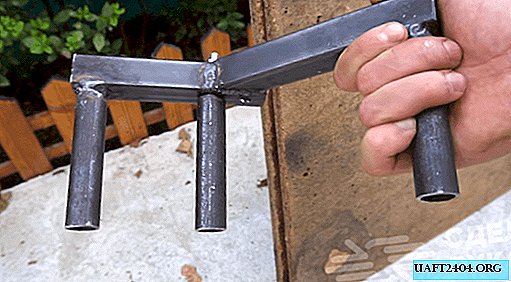Share
Pin
Tweet
Send
Share
Send
Starch itself is a white powder, soluble in hot water and insoluble in cold. Getting it is not a time consuming process.
Let's get down to it!
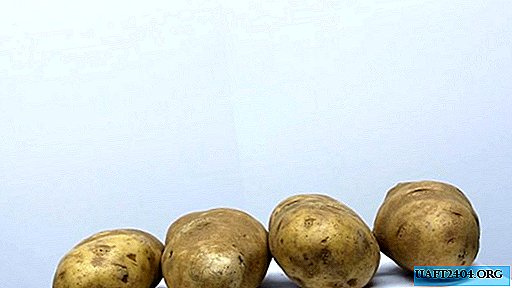
Experiment - making starch from potatoes with your own hands
So, for the experiment, we need four large potatoes that need to be peeled.

Next, grind our potatoes on a grater.

At the same time, plant cells that contain starch are destroyed.
After chopping, pour potato chips with warm water, which should slightly cover it.

Starch immediately begins to stand out, and we just need to "scrape" it slightly with his hand into the solution. When it seems that all the starch is washed off the potato, pour the solution into another container.

We do not let the chips leak with the liquid with our hand, but at this stage this is not critical.
After a couple more times, wash the chips. We don’t need it anymore, it can be used to cook something or just throw it away.
At this stage, you need to let the solution brew for about an hour, so that the starch settles on the bottom of the vessel.

The water in the solution becomes brown due to the decomposition of other organic substances contained in potatoes.
When the starch settles, we drain most of the water.

The solution remaining in the vessel is filtered through a sieve and washed with a small amount of water.


Again, let the solution settle, so that the donkey starch.

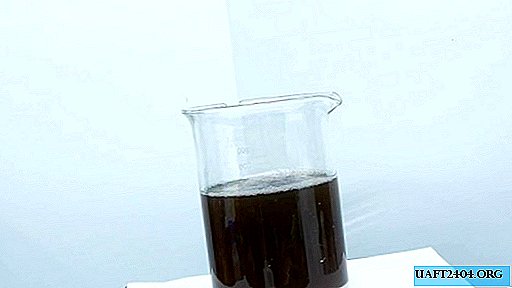
After half an hour, you can continue the experience. We pour out the muddy water, and wash the starch collected at the bottom with distilled water and mix.

Again let the starch settle.

We drain the muddy water and repeat the washing again. We do this so that we have a pure substance at the outlet.
After the repeated procedure, spread the precipitate with a spoon on plain paper, spread a paper towel under it, and leave to dry.
After a day, the starch will dry, and we will get a white crisp powder.

The yield of pure substance was 47 grams.
Conclusion
The experience turned out to be quite visual and is great for introducing a child to a large and interesting science - chemistry.
The resulting starch can then be used in food, or as a reagent for some chemical experiments.
All spectacular experiments!
Video:
Share
Pin
Tweet
Send
Share
Send

